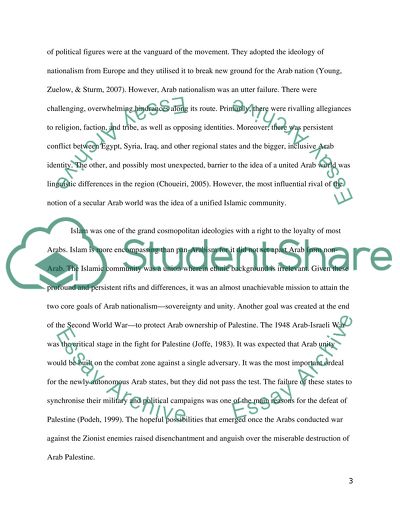Cite this document
(“Since the early 20th century, ideologies such as Arab nationalism Essay”, n.d.)
Retrieved de https://studentshare.org/history/1491629-since-the-early
Retrieved de https://studentshare.org/history/1491629-since-the-early
(Since the Early 20th Century, Ideologies Such As Arab Nationalism Essay)
https://studentshare.org/history/1491629-since-the-early.
https://studentshare.org/history/1491629-since-the-early.
“Since the Early 20th Century, Ideologies Such As Arab Nationalism Essay”, n.d. https://studentshare.org/history/1491629-since-the-early.


